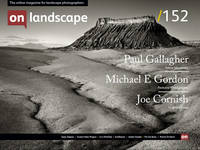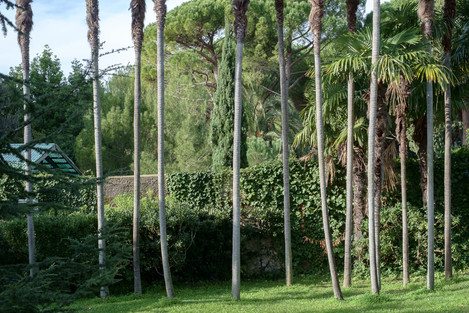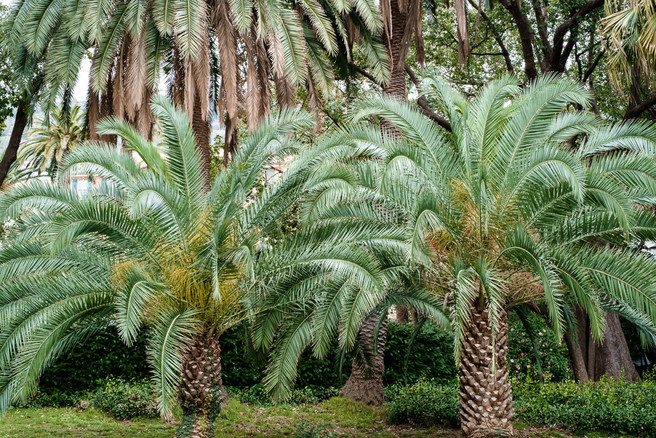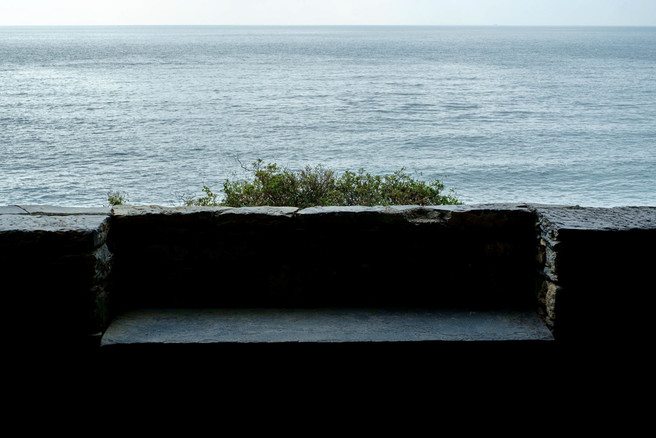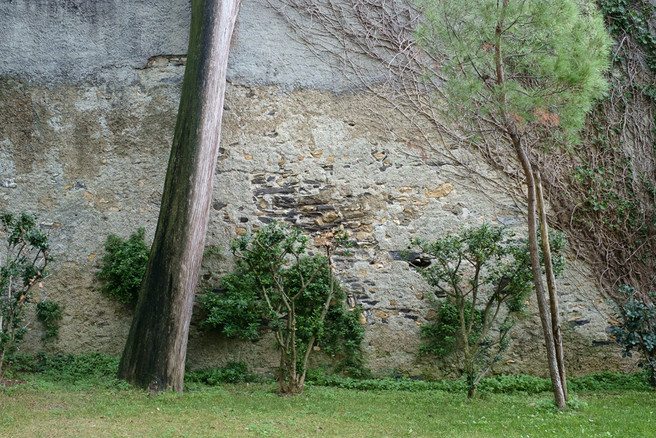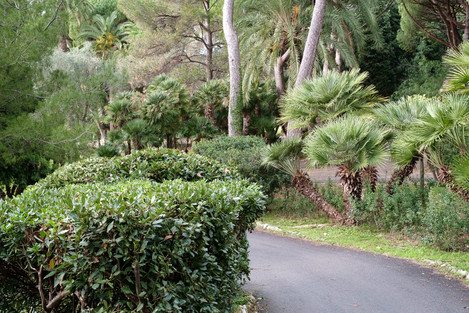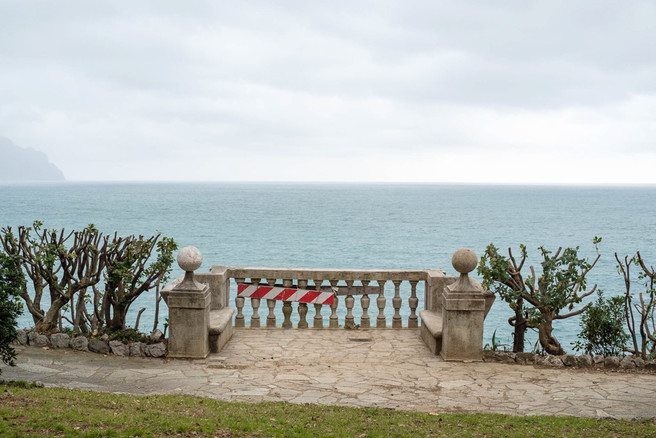Before the Storm

Pio De Rose
Pio De Rose (b. 1987) is an Italian photographer currently based in Genoa. In 2011 he graduated in Photography and Visual Arts from the Libera Accademia di Belle Arti L.A.B.A. of Florence with the reportage Saints and Miracles. In 2012 he received his MA in Photojournalism from the University of Westminster with the project Aquaria, The Blue Glass Landscape.
Recent publications and collaborations include Vanity Fair Italy; Io Donna; la Repubblica; mare – Die Zeitschrift der Meere; Neighbor Magazine; Black+White Photography; Æ Another Escape; on landscape; Don’t Take Pictures; Historic Gardens Review; F-Stop Magazine; International PhotogrAphy Magazine; Adnkronos; WAZA Magazine; The Work Style Magazine; Clic.he Webmagazine; SciFondo; Mondo Sommerso – International Ocean Magazine; ASS.A.I.; L’Universo (IGM); dAD – dipartimento di Architettura e Design – University of Genoa; Accademia Ligustica di Belle Arti of Genoa; Municipality of Ravenna and others. Professor of Landscape Photography at the University of Genoa - dAD, Department of Architecture and Design.
Nervi Parks are located in the easternmost part of Genoa. They comprise of the gardens once belonging to different aristocratic villas and they represent one of the most significant green public areas of the city, extending for about 9.2 hectares.
On the 14th of October 2016, just a few months after shooting this project, a violent storm hit the area causing severe damage. Of the 400 trees populating the parks, 196 were either toppled or estimated to be irremediably damaged by the downburst; further 15 trees were felled for safety reasons and, in total, more than 1.000 tonnes of timber were disposed of. As of today, only a few areas still remain inaccessible to the public. However, Nervi Parks are far from being recovered.
Despite being one of the dearest and most precious places of my childhood memories, the importance that Nervi Parks had - and still have - in my life goes beyond just being a very evocative setting. In fact, this is perhaps the very first place in which I could find vivid visual references to what Andreas Feininger defines as the photographic seeing: to me, it is as if the sense of contemplation generated by these gardens almost had the ability to educate, to aesthetically and mentally develop the way visitors look at the landscape around them. Here, the act of looking becomes the key element through which to perceive, explore and ultimately reveal all the nuances of the beauty of the surrounding landscape.
Bizarrely enough, despite being from Genoa, Parchi di Nervi is the first photographic project I entirely shot in my hometown. For months, I kept revisiting the same areas photographing the artificial landscape architecture of these historic gardens in an attempt to reveal their rigorous compositions and make their scrupulously accurate design more evident.
Given the recent events, this project has become even more significant to me, for the beauty, the sense of contemplation and the quietude, which had generated the need for me to photograph these scenes, have now become even more poignant. Shot just a few months before the catastrophic storm, this series has suddenly turned into the representation of a "non-existent place", for most of the scenes depicted in my photographs have been severely damaged or dramatically altered; many others, though apparently pristine, do present subtle but significant changes.
Over the last year, I have decided not to photograph the aesthetics of the devastation caused by the storm. Instead, I have waited hoping for something even more relevant to emerge and become evident: a new landscape. I have intentionally avoided documenting the violent and sudden modifications as they were happening, waiting for their long-term consequences to become visible. I do consider this to be an ongoing project and ideally, in the coming months, I plan to revisit all the scenes I had photographed before the storm and juxtapose them - perhaps in diptychs - with their new features. Not only this would contribute to documenting and preserving the landscape heritage of Nervi Parks, but the resulting body of work will hopefully be of help in the ongoing debate on whether the damaged areas should be restored as they looked or redesigned altogether.

